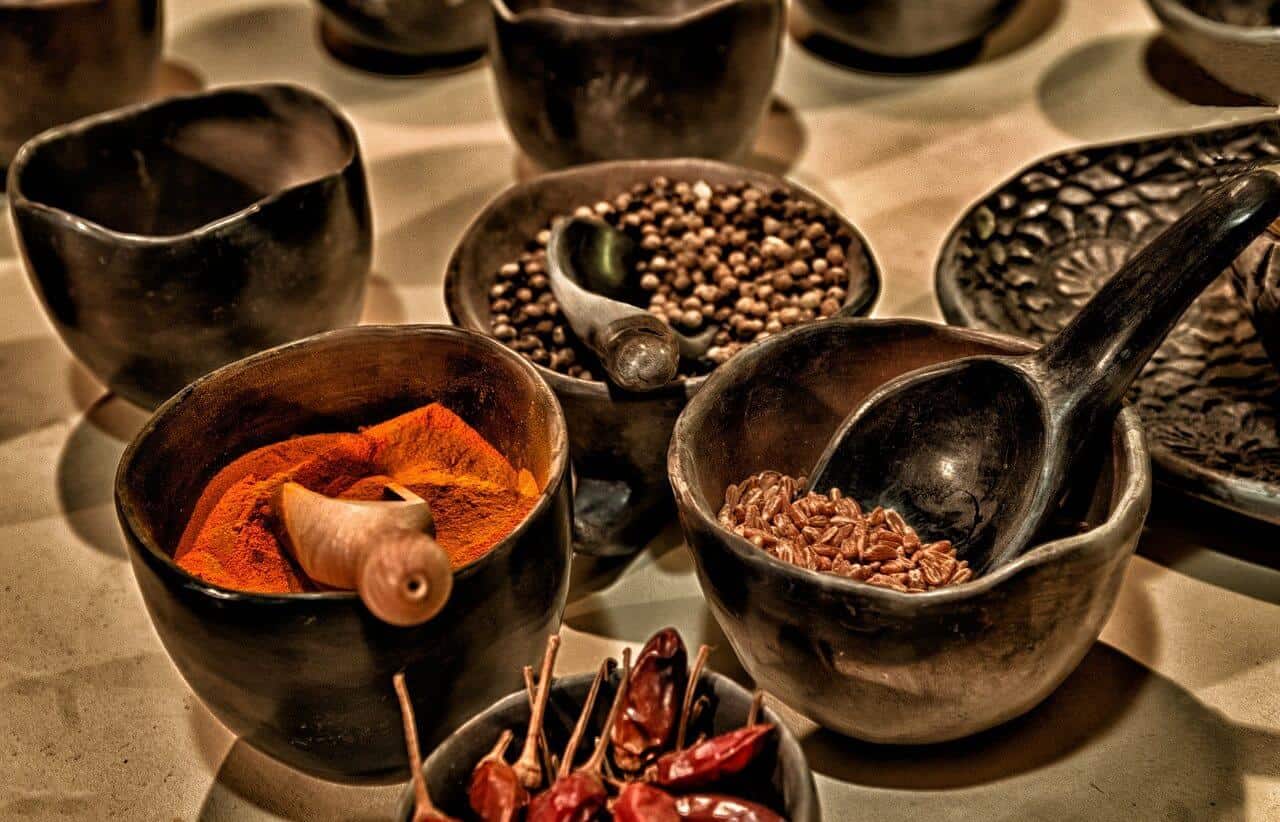Paprika is made from dried and ground chile peppers, capsicum annuum, which originated in southern Mexico.
Capsicum is a member of the nightshade family which also includes potatoes and tomatoes.
Christopher Columbus is credited with bringing the chile to Europe. Aristocrats originally cultivated capsicum as ornamental plants until eventually their culinary value was recognized.
By the 1560’s, these peppers had reached the Balkans where they were called peperke or paparka. The peppers soon migrated to Hungary, now renowned for its paprika. The Szeged and Kalocsa regions of Hungary are the most well-known producers of sweet paprika. The Paprika Museum makes its home in Kalocsa, and the city celebrates its famous spice with the Paprika Festival each year in October.
It was not until the mid-1900s that paprika stepped into the limelight of Western kitchens. Spain, South America, Mediterranean regions, India, and California join Hungary as major producers of paprika.
Paprika is used as a coloring agent in foods and cosmetics. Its inclusion in foods fed to zoo flamingos help them keep their pink plumage bright and beautiful.
The cultivation of “Pimenton” was introduced in the de la Vera Region in the 16th Century by monks of the Monastery of Yuste.
Where is Yuste? It is in a region of Spain known as Caceres, located at the top of south western Spain close to Portugal. Amazingly enough, around this same time, the Emperor of the German Empire and the King of Spain, “Carlos V,” left his empire to his son, King “Felipe II,” to retire and moved into the Monastery of Yuste. He died there years later.
Tradition, wisdom, and probably a retired Emperor were the foundation for the culivation of pimentos.
From the infinite calm of the monastery, the most prized treasure that the monks could give to the senses of the outside world was “El Pimenton.”
Although the secret of its production was kept well within the walls of the monastary, little by little the secret began to filter out over the years.
The process began to be known by the peasants of the region and with rich agricultural heritage in their souls “El Pimenton” began to be produced in the outside world. Since then its fame has reached far and wide over the centuries. Iin March, the starts are sprouted under greenhouses. In May, they are transplanted to the fields, where they grow until harvested the first part of October.
The fruits are then transported to special warehouses, where they are processed according to the traditional selection and drying methods established in the la Vera region on the 16th Century.
This process of harvesting is unique to the region of le Vera. Logs of oak wood are slowly burned, providing the heat for the drying process. Expert hands control the flames and turn the pimentos for 10 to 15 days to achieve perfection.

